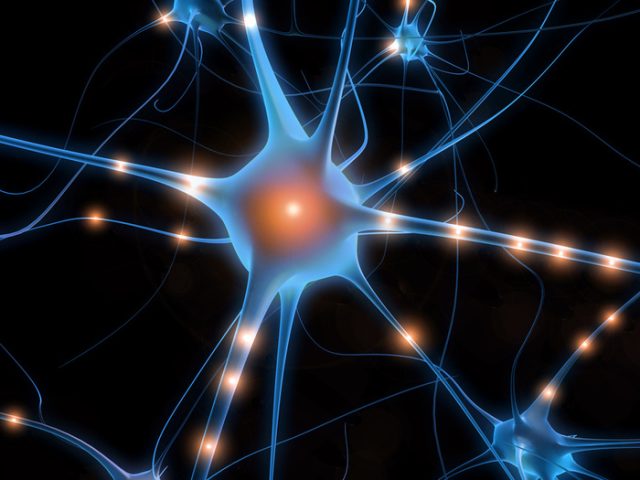
(credit: Berkeley Computational Bio)
Duchenne muscular dystrophy is one of the most common fatal genetic diseases. It causes muscle degeneration and eventually death due to weakened heart and lung muscles.
Several new experiments published in Science demonstrate that we can now edit the genomes of mice with muscular dystrophy, effectively restoring a large portion of function in the heart and other muscles. These experiments show exciting promise for the use of CRISPR in mammalian gene editing, which could eventually lead to cures for this and other genetic diseases in humans.
Muscular dystrophy is a group of diseases that result in muscle weakness in involuntary and voluntary muscles. Often, this weakness is accompanied by muscle cell death. The specific disorder examined in this study is Duchenne muscular dystrophy, named after the French neurologist who first identified it. It’s a recessive form of dystrophy caused by mutations in the gene dystrophin, which is located on the X-chromosome. Because this is an X-linked recessive disease, it is more common in boys than girls—boys only have one copy of the X chromosome, so if their one copy carries the mutation, they will have the disease.


